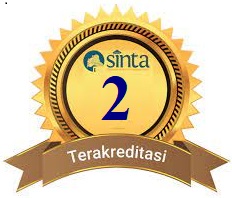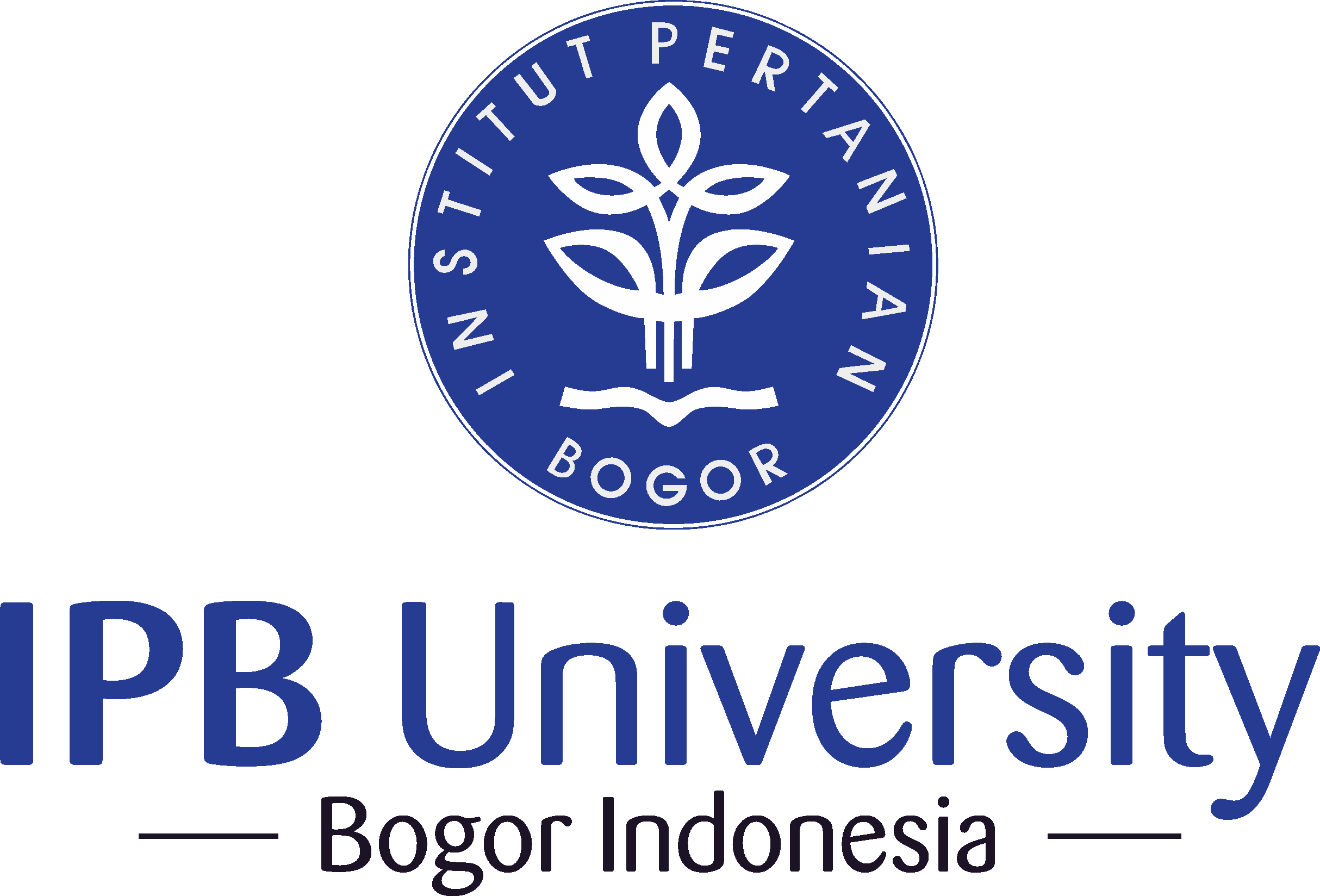Intersepsi Curah Hujan di Hutan Hujan Tropis: Studi Kasus di Taman Nasional Lore Lindu Sulawesi Tengah
Abstract
This filed research was conducted from Apr 2006 to .Juni 2007 at natural tropical rainforest of the Lore Lindu National Park, Central Sulawesi. The objectives were to study the effect of rainfall properties and vegetation characters on interception losses through mathematical model approach, to estimate the rainfall interception losses and to determine the dominant factors influencing them. Observation of vegetation characters in the study area indicated that the vertical and horizontal structure were in good conditions with high leaf area index (LAI 4.8-6.43 m2.m-2 ), ground cover (68.5-92.59%) and wide canopy at average 5.59 (12.05-9.83 m2 Total rainfall (P) on the first measuring phase (Apr 2006-March 2007) was 1502,6mm for 172 events. Dominant rainfall depth was 0.5-5mm for 78 events with cumulative rainfall at 182.2mm or 12.3%, of P. Dominant rainfall intensity was 1--10 mm per hour for 121 events with cumulative rainfall 140.2 mm or 9.3 % of P. The mathematical relationship between rainfall properties and vegetation characters with throughfall, stemflow and interception loss show that rainfall depth and LAI are two factors that strongly influences as expressed: interception loss: Ic= 0. 786+0.343* P+0.051 *LA I (R2=73,77) Application of this equation and Gash model to the second measurement phase (Apr 2007-Juni 2007) gave good agreement on interception estimate and sensitivity, and considering data requirement and calculation procedure this equation is applicable for interception estimation. The critical point of this result is the rainfall properties on Lore Lindu National Park that is very important to forest management, especially in controlling of flooding.
Keywords : rainfall interception, tropical rain forest, vegetation characters
Downloads
This journal is published under the terms of the Creative Commons Attribution-NonCommercial 4.0 International License. Authors who publish with this journal agree to the following terms: Authors retain copyright and grant the journal right of first publication with the work simultaneously licensed under a Creative Commons Attribution-NonCommercial 4.0 International License. Attribution — You must give appropriate credit, provide a link to the license, and indicate if changes were made. You may do so in any reasonable manner, but not in any way that suggests the licensor endorses you or your use. NonCommercial — You may not use the material for commercial purposes.


















